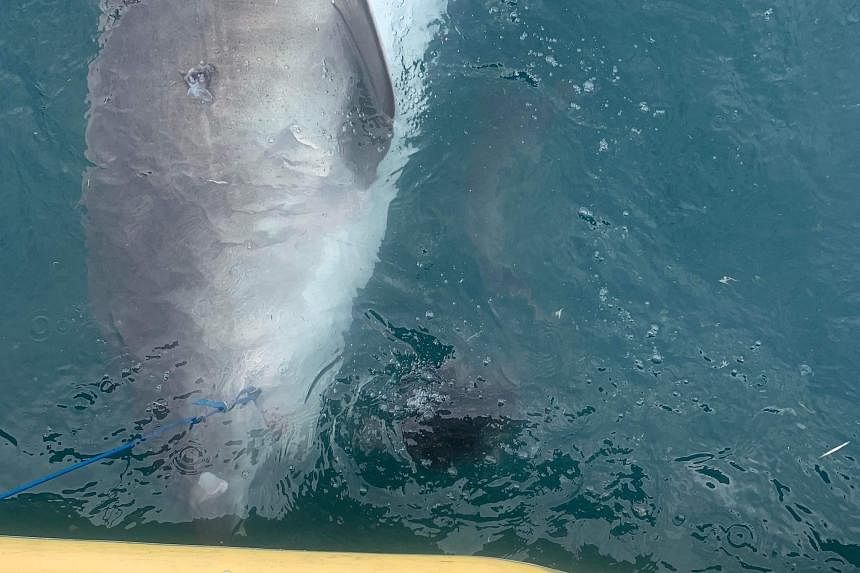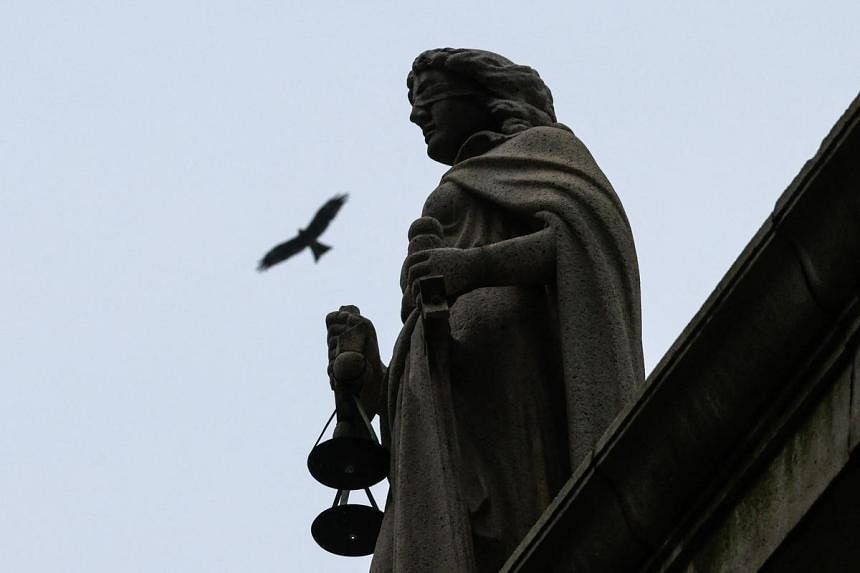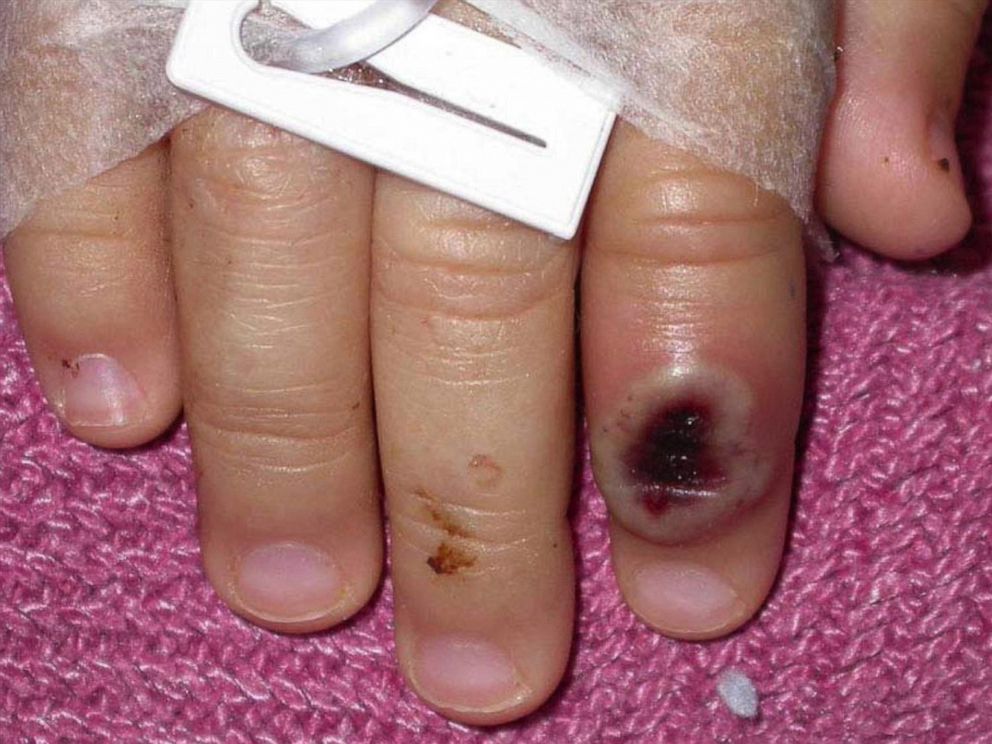
A member of the National Samsung Electronics Union (NSEU) holds a placard that reads "Respect labour" in front of the Samsung Electronics Seocho Building in Seoul, South Korea, May 24, 2024.
PHOTO: Reuters file
PUBLISHED ON JUNE 06, 2024
SEOUL — A Samsung Electronics union staged its first walkout on Friday (June 7), signalling more assertiveness among workers just as South Korea's most powerful conglomerate races to catch up in chips used in artificial intelligence (AI).
The National Samsung Electronics Union (NSEU), whose roughly 28,000 members make up over a fifth of the firm's workforce, said it will stop work for a day to demand better pay.
The walkout is unlikely to immediately impact semiconductor production or shipments but will add pressure on Samsung Electronics as it chases AI and narrows a gap in contract chip manufacturing with Taiwan's TSMC, analysts said.
"The purpose of today's strike action is to have meaningful conversation with management," NSEU official Lee Hyun-kuk told Reuters. He said the union was preparing further action on Friday, without providing details.
Samsung Electronics said there was no impact on production or business activity. The strike fell a day after a public holiday and the number of employees on annual leave was fewer than on the equivalent day last year, the firm said.
The union did not disclose how many members participated in the strike through annual leave.
"We have sincerely engaged with the union and will continue talks with them," said a company official.
Samsung Electronics' share price was up 0.1 per cent versus 0.7 per cent in the benchmark KOSPI as of 0234 GMT.
The walkout is unlikely to impact DRAM or NAND flash memory production or lead to shipment shortages as manufacturing is highly automated, said market researcher TrendForce.
Moreover, the walkout appears to involve more workers from the firm's Seoul headquarters than in production and is planned for a single day after a public holiday which some staff had likely already applied to take off, TrendForce said.
The strike follows other worker protests in recent weeks outside offices in Seoul as well as outside a chip production site in Hwaseong, south of the capital.
They started after Samsung Electronics decided to increase wages this year by 5.1 per cent. The NSEU, the biggest of five unions at the firm, want further commitments such as improvement to the performance-based bonus system and an extra day of annual leave.
Last week, a coalition of five unions at Samsung affiliates including another smaller Samsung Electronics union called on the NSEU to pursue negotiation rather than confrontation, indicating they would not join the strike.
Samsung Electronics' run of success is being challenged in some areas, including in some cutting-edge chips. It recently replaced the head of its semiconductor unit to navigate what it called a "crisis" affecting the industry.
Union membership increased rapidly after the firm in 2020 pledged to end to its practise of discouraging the growth of organised labour.
Union officials said, among younger employees, there is growing perception that unions can help create a fairer workplace, whereas older generations felt unions could disrupt productivity.
Overall, South Korea's union membership rate has hovered around 10 per cent since 2004, labour ministry data showed.



















